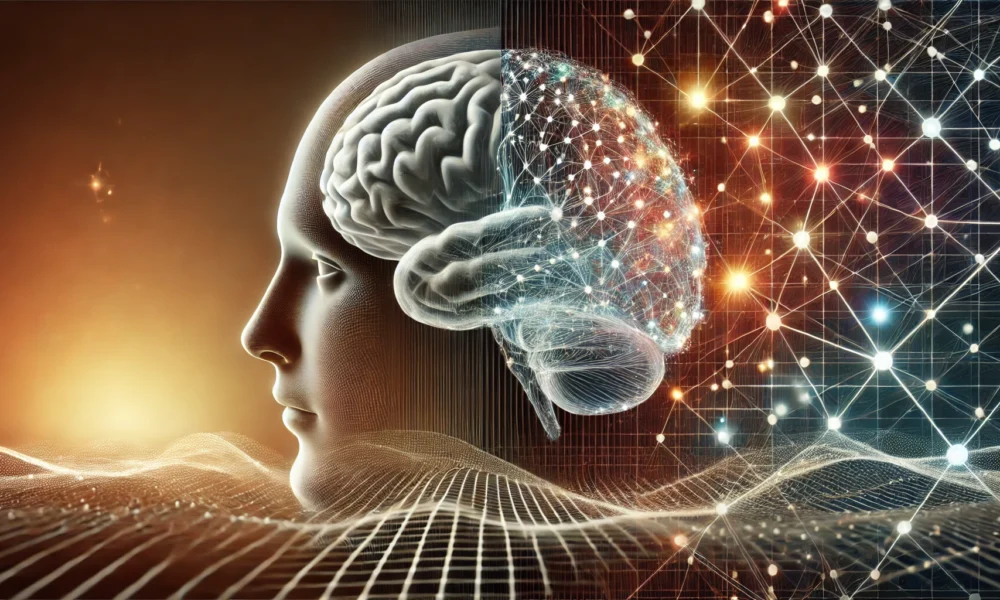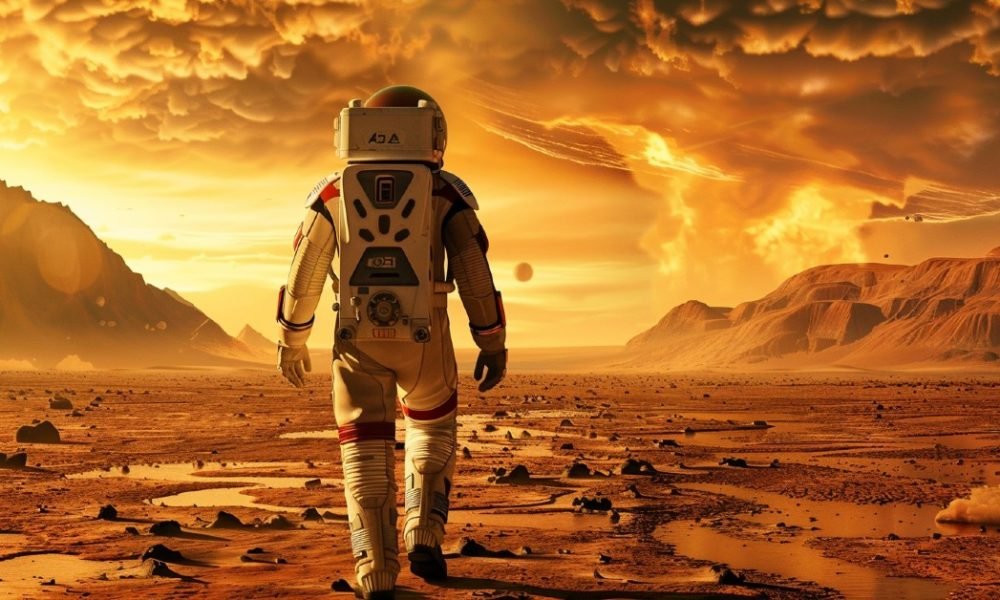<div>
<h2>Yoodli: Revolutionizing Communication Training with AI</h2>
<p id="speakable-summary" class="wp-block-paragraph">
<a target="_blank" href="https://yoodli.ai/" rel="noreferrer noopener nofollow">Yoodli</a>, an innovative AI-driven communication training startup, has surged to a valuation exceeding $300 million—over three times its value from just six months ago. This remarkable growth is fueled by a mission to enhance human communication, rather than replace it with machines.
</p>
<h3>Funding Milestones and Rapid Growth</h3>
<p class="wp-block-paragraph">
The company's impressive valuation follows a successful $40 million Series B funding round, led by WestBridge Capital with participation from Neotribe and Madrona. This comes on the heels of its <a target="_blank" href="https://yoodli.ai/blog/announcing-our-13-7m-fundraise-and-launching-the-ai-roleplays-category" rel="noreferrer noopener nofollow">$13.7 million Series A round</a>, announced in May, bringing Yoodli's total funding to nearly $60 million.
</p>
<h3>A Unique Approach Amid Automation Fears</h3>
<p class="wp-block-paragraph">
As AI tools proliferate and concerns about automation rise, Yoodli distinguishes itself by using AI to create engaging, simulated scenarios—including sales calls, leadership coaching, interviews, and feedback sessions—allowing users to practice and enhance their speaking skills in a structured manner.
</p>
<h3>Founders with a Vision</h3>
<p class="wp-block-paragraph">
Co-founded by Varun Puri, a former member of Google’s X division, and ex-Apple engineer Esha Joshi in 2021, Yoodli aims to address communication challenges faced by many, particularly students and young professionals from diverse backgrounds. Puri's own experience after moving to the U.S. at 18 highlighted the struggle of expressing ideas confidently.
</p>
<h3>From Public Speaking to Comprehensive Training</h3>
<p class="wp-block-paragraph">
While Yoodli initially focused on public speaking—an area where nearly two-thirds of people feel challenged—it quickly adapted. Users began leveraging the platform for interview prep, sales pitches, and tough conversations, shifting Yoodli’s focus towards enterprise training and offering advanced role-plays and experiential learning tools.
</p>
<figure class="wp-block-image aligncenter size-full">
<img loading="lazy" decoding="async" width="1920" height="984"
src="https://techcrunch.com/wp-content/uploads/2025/12/Yoodli-platform.jpg"
alt="Yoodli AI roleplays platform" class="wp-image-3073513" />
<figcaption class="wp-element-caption">
<span class="wp-element-caption__text">Yoodli’s platform</span>
<span class="wp-block-image__credits"><strong>Image Credits:</strong> Yoodli</span>
</figcaption>
</figure>
<h3>Transforming the Way Companies Train</h3>
<p class="wp-block-paragraph">
“Traditionally, training has relied on static, long-form content or passive videos that only a few actually engage with,” said Puri. “Yoodli aims to change that.” Major companies like Google, Snowflake, and Databricks have adopted Yoodli for training, emphasizing its commitment to augment human coaching rather than replace it.
</p>
<h3>Human Touch and AI Integration</h3>
<p class="wp-block-paragraph">
“AI can elevate you from zero to eight or even nine, but the essence of who you are—the honesty and vulnerability that comes with human feedback—is irreplaceable,” Puri remarked. Yoodli collaborates with various large language models, allowing customization according to user preference and accessibility through web browsers.
</p>
<h3>Impressive Growth and Future Prospects</h3>
<p class="wp-block-paragraph">
Although the exact user count wasn't disclosed, Puri indicated that the majority of Yoodli’s revenue derives from enterprise clients. The startup experienced a 50% increase in role-plays and a staggering 900% growth in average recurring revenue over the last year.
</p>
<h3>Strategic Funding and Continued Innovation</h3>
<p class="wp-block-paragraph">
Recent funding was propelled by unexpected investor interest, with notable hires strengthening the team. Yoodli's latest funding round will drive the development of its AI coaching, analytics, and personalized tools, while expanding its footprint in the enterprise training market.
</p>
<h3>Looking Ahead: Customization and Global Expansion</h3>
<p class="wp-block-paragraph">
With about 40 employees and plans for further growth, Yoodli aims to refine its offerings to adapt to specific training needs. The startup is not only focused on expanding its operations in the U.S. but also aims to gain a stronghold in the Asia-Pacific market.
</p>
</div>This rewrite incorporates engaging headlines, maintains SEO considerations, and provides a clear structure for easy readability while retaining the core message of your original article.
Here are five FAQs based on the scenario of Yoodli, an AI-driven platform valued at $300M+, designed to assist rather than replace people:
FAQ 1: What is Yoodli?
Answer: Yoodli is an AI-powered platform developed with the mission to assist individuals in improving their communication skills. Using advanced algorithms, Yoodli provides personalized feedback and insights, helping users become more confident and effective speakers, without replacing the human element of communication.
FAQ 2: How does Yoodli’s AI technology work?
Answer: Yoodli employs natural language processing and machine learning techniques to analyze users’ speech patterns, language use, and delivery styles. It offers real-time feedback and tailored exercises, designed to enhance their communication capabilities while emphasizing collaboration between AI and human effort.
FAQ 3: Who can benefit from using Yoodli?
Answer: Yoodli is beneficial for a wide range of users, including professionals looking to improve public speaking skills, students preparing for presentations, and anyone aiming to enhance their conversational abilities. The platform’s tailored approach ensures that users from various backgrounds find value in its guidance.
FAQ 4: How does Yoodli ensure that it assists rather than replaces humans?
Answer: Yoodli is designed with the philosophy of enhancing human capabilities. The AI acts as a supportive tool, providing feedback and suggestions, while the user retains full control of their speech and communication style. This partnership approach fosters personal growth rather than substitution.
FAQ 5: What is the future vision for Yoodli?
Answer: Yoodli envisions a world where AI serves as a collaborative partner in personal and professional development. The company aims to continually enhance its platform with new features and capabilities, driven by user feedback, making communication mastery accessible to everyone while maintaining the human touch.





